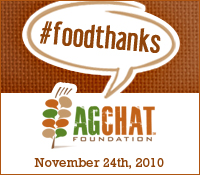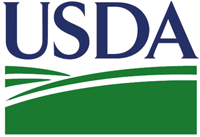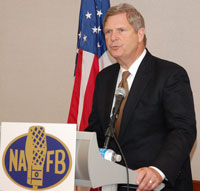 The first sale of any breed to feature an entirely genotyped offering, the 53rd Pot O’Gold Sale on November 6 in Louisville, Ky., averaged $4,796.77 with a top of $10,750. Both are new records.
The first sale of any breed to feature an entirely genotyped offering, the 53rd Pot O’Gold Sale on November 6 in Louisville, Ky., averaged $4,796.77 with a top of $10,750. Both are new records.
“The success of the 2010 Pot O’Gold Sale is a strong endorsement of genomics by forward-thinking Jersey juniors,” said Neal Smith, executive secretary of the American Jersey Cattle Association. “Jersey Marketing Service used the new 3K genomic test to screen over 100 heifers to select the 31 that were sold. The prices demonstrated just how valuable genomic evaluations are to Jersey youth building the foundation of their growing herds.”
Genomic PTA averages for the offering were $297 for Cheese Merit and 1.0 for type, at 57% reliability. They were purchased by youth between the ages of 7 and 20 on January 1 of this year and went to 13 different states. In 2013, the buyers will receive cash awards totaling $25,279 based on the ranking of their heifers’ first lactation records.
Sidney Avila of Dalhart, Texas purchased the $10,750 high seller, Lyon Impuls Eternity, a November 2009 heifer consigned by Lyon Jerseys, Toledo, Iowa. “Eternity” had the highest genomic Jersey Performance Index™ among the heifers sold, plus the highest GPTA for cheese merit at $509. Her Excellent-92% dam by Windy Willow Montana Jace has completed three lactations with a best record of 24,840 lbs. milk, 1,128 lbs. fat and 878 lbs. protein. The next dam, an Excellent “Paramount,” has four records exceeding 22,000 lbs. milk and 1,100 lbs. fat.
Second high at $8,500 was Kilgus Tbone Karen-ET, a potential fifth-generation Excellent consigned by Kilgus Dairy, Fairbury, Ill., and purchased by Brock Tate of Hilmar, Calif. In addition to an Excellent, show-winning sister, the heifer has three brothers in A.I. progeny test programs. Their dam is Sun Valley Hallmark K-Leah, Excellent with a best record of 24,810 lbs. milk, 1,148 lbs. fat and 877 lbs. protein.
Twelve heifers sold for $5,000 or more. Median of the sale was $4,250. “Our sincere thanks and appreciation goes to the consignors for making this superior offering possible,” added Neal Smith.
Presenting sponsor of the Pot O’Gold Sale for the sixth year was Cow’s Match® Jersey Blend from Land O’Lakes Animal Milk Products Co.
The Pot O’Gold Sale and Production Contest is integral to the youth development programs of the American Jersey Cattle Association and made its debut with the revival of The All American Jersey Shows in 1958. Production awards were presented for the first time in 1961 and through 2010, more than $357,000 has been awarded.
Source: USJersey
 The AgChat Foundation has come up with a unique idea for you to use during this upcoming week of Thanksgiving. It’s called #foodthanks. It’s a way to show your thanks for the food we enjoy every day and the people who produce it.
The AgChat Foundation has come up with a unique idea for you to use during this upcoming week of Thanksgiving. It’s called #foodthanks. It’s a way to show your thanks for the food we enjoy every day and the people who produce it.
 Milk production in the 23 major States during October totaled 14.8 billion pounds, up 3.3 percent from October 2009 and higher than the previous month as well. The September production numbers were revised by six million pounds to 14.5 billion pounds. Production per cow in the 23 major States averaged 1,767 pounds for October, 47 pounds above October 2009. The number of milk cows on farms last month was 8.37 million head – 52,000 head more than October 2009, but unchanged from September 2010.
Milk production in the 23 major States during October totaled 14.8 billion pounds, up 3.3 percent from October 2009 and higher than the previous month as well. The September production numbers were revised by six million pounds to 14.5 billion pounds. Production per cow in the 23 major States averaged 1,767 pounds for October, 47 pounds above October 2009. The number of milk cows on farms last month was 8.37 million head – 52,000 head more than October 2009, but unchanged from September 2010. Agriculture Secretary Tom Vilsack says USDA’s Dairy Industry Advisory Committee is expected to make recommendations soon on how to address the issues of milk price volatility and dairy farmer profitability.
Agriculture Secretary Tom Vilsack says USDA’s Dairy Industry Advisory Committee is expected to make recommendations soon on how to address the issues of milk price volatility and dairy farmer profitability.



 Because
Because 